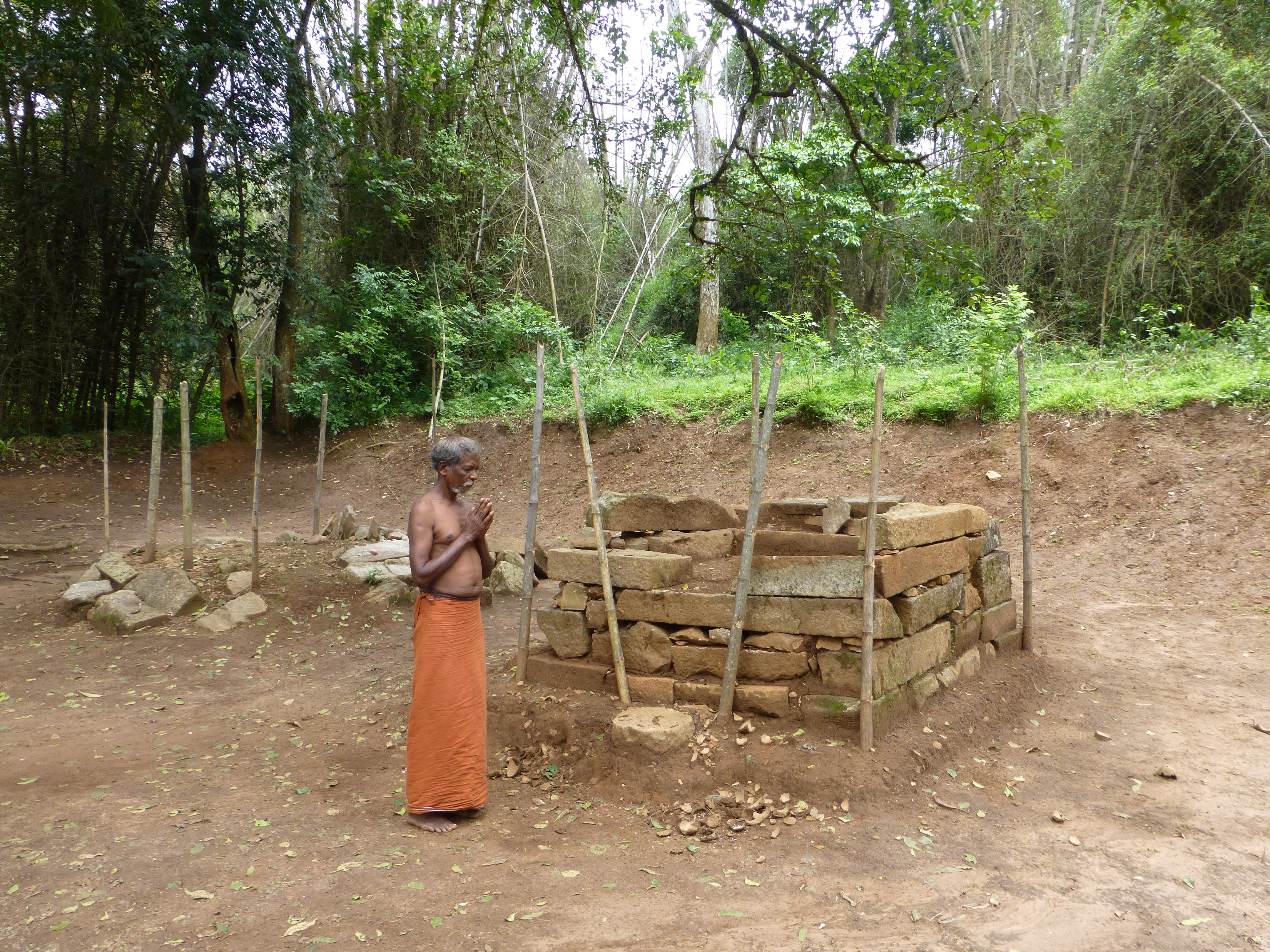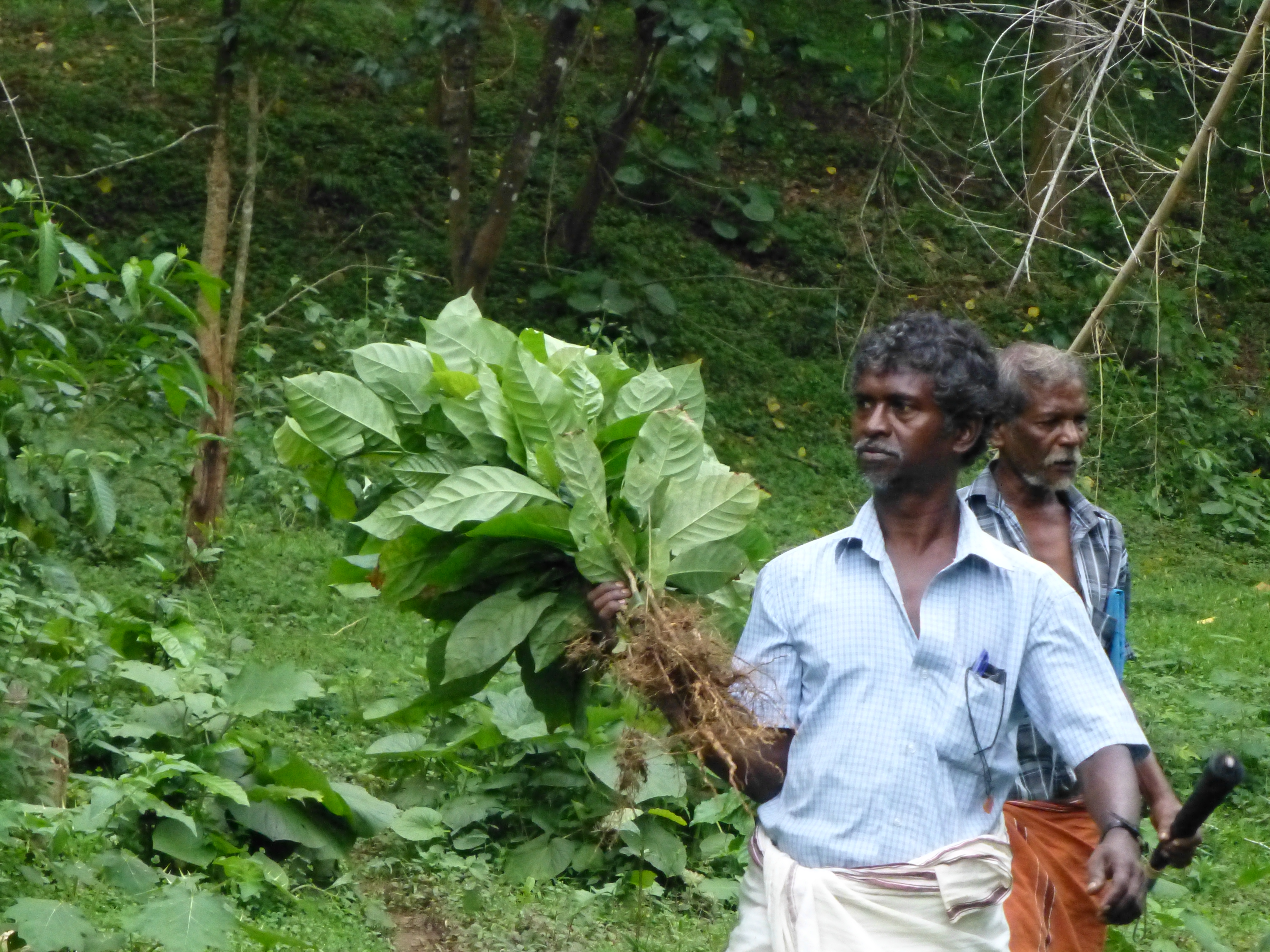Indigenous communities across the world have played a significant role in conserving their natural world. Their lifestyles, cultural practices and spiritual belief systems, intentionally or otherwise, have resulted in a relatively harmonious balance and stability through centuries. With the advent of fossil fuels, industrialisation, ‘development’ and technology, in the last four hundred years, modern humans have changed the face of the earth in ways which were unimaginable in the 4000 years before them. In addition to the thousands of species now facing extinction, indigenous cultures are also on the endangered list, struggling to survive.
The Gudalur valley is home to four distinct indigenous communities – the Kattunayakans, Bettakurumbas, Paniyas and Mullakurumbas. The influx of immigrants began about a 100 years ago, and has intensified considerably in he last few decades. The indigenous groups are now a small minority, with their culture, values and beliefs apparently disappearing as they merge into the mainstream.
But can ‘culture’, evolved over thousands of years, really disappear in just a few generations?
At The Shola Trust, we are trying to identify, understand and document the elements of indigenous cultural knowledge, practices and beliefs that have had or continue to have relevance for conservation. (We have captured stories that reflect the above elements www.cultureandconservation.wordpress.com )And also examine the role they could play in the years to come.
Sacred Groves: It has been well documented that sacred groves often play a key role in biodiversity conservation, especially in highly modified landscapes. They maintain some habitat heterogeneity, sometimes acting as ‘stepping stones’ for long range dispersal of numerous species. This is especially true for a region like Gudalur, where communities have lost a considerable part of their ancestral domain to both the state (in the creation of forest plantations, particularly the Tantea corporation) and immigrants into the area who have appropriated their lands and converted it into monoculture plantations.
We are working towards identifying such sacred forest patches for the Kattunayakan and Paniya communities, and examining the role they play in conservation. We work with the Adivasi Munnetra Sangam, and hope that this exercise will help the community legally protect these groves under the Forest Rights Act, and also raise the profile of the groves at a local level as a part of a larger informal ‘conservation movement’ across the country and world.
Traditional Forest Governance and Management: With the Forest Rights Act, indigenous communities are in theory given the opportunity to continue with their traditional access to forests and also exercise their right to protect, regenerate and manage these forests. But after decades of a top down, state controlled approach, traditional systems of governance and management have perhaps very weak.We are working towards understanding and documenting the traditional forest management practices help communities put together conservation plans.

